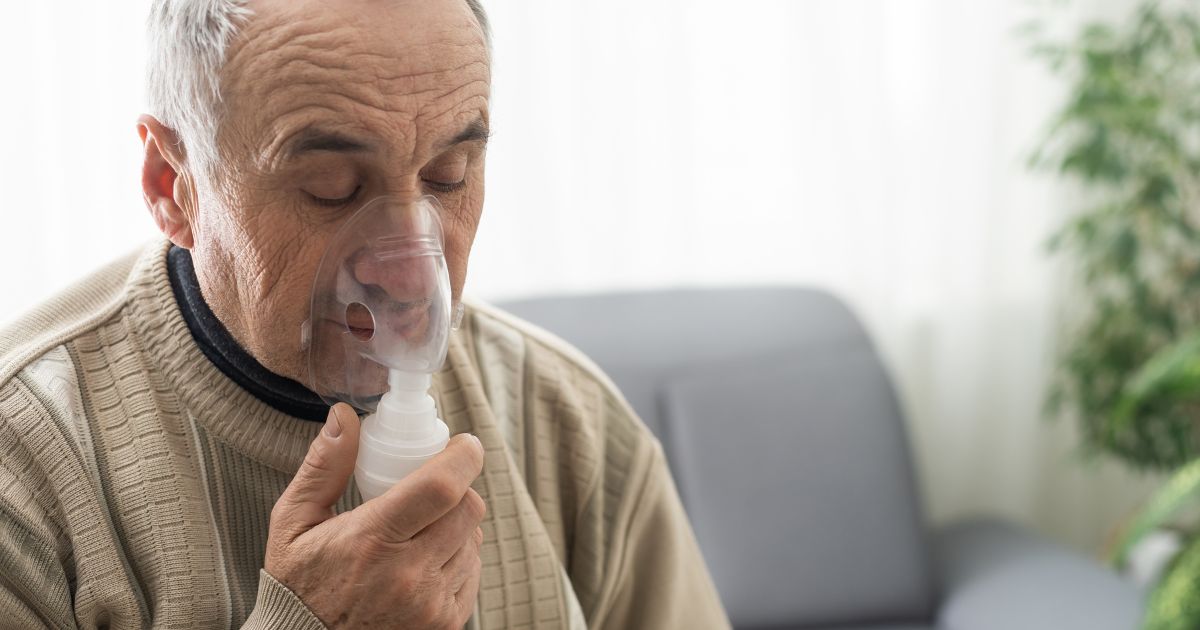Chronic obstructive pulmonary disease, or COPD, is a group of progressive lung diseases, including emphysema and chronic bronchitis. Both conditions make breathing more difficult. They often occur together in COPD patients with varying degrees of severity.
What are the Symptoms of COPD?
Symptoms are often mild at first, becoming increasingly severe as the disease progresses. The initial COPD symptoms are easy to mistake for the common cold. These include:
- Occasional shortness of breath, especially after physical exertion
- Mild, recurring cough
- Gunk in the throat, especially when you first wake up
As the lungs become more damaged, COPD symptoms worsen. Signs of progressing emphysema and chronic bronchitis include:
- Shortness of breath following mild exertion
- Wheezing
- Chest tightness
- Chronic cough, with or without mucus
- Frequent respiratory infections, including colds and the flu
- Low energy level
- Need to clear mucus from the lungs daily
What Causes COPD?
About 80 to 90 percent of COPD patients are current or former smokers. In all, 20 to 30 percent of smokers develop COPD, usually sometime after age 40. The risk is higher for people who have asthma and smoke. Other COPD causes include genetics and prolonged exposure to secondhand smoke, cooking smoke, and other pollutants that damage the lungs. The condition is not contagious.
How is COPD Diagnosed?
Doctors diagnose COPD by observing your symptoms, considering your medical and family history, and performing a lung function test called spirometry. During this painless, non-invasive test, you inhale deeply and blow as forcefully as possible into a tube connected to a small machine called a spirometer. The machine measures your air output, known as forced expiratory volume (FEV1), which can reveal whether you have COPD.
What are the Four COPD Stages?
Along with diagnosing COPD, spirometry testing also uncovers the severity of your lung disease so you and your doctor can formulate a treatment plan. The four stages of COPD include:
- Grade 1 (mild): FEV1 is at 80 percent or higher
- Grade 2 (moderate): FEV1 is at 50 to 80 percent
- Grade 3 (severe): FEV1 is at 30 to 50 percent
- Grade 4 (very severe): FEV1 is at 30 percent or lower
Rest assured that you can live comfortably for many years with COPD, especially if you have a mild or moderate case. Still, you can improve your quality of life immensely and slow the progression of this chronic disease by seeking proper treatment. Your doctor may recommend lifestyle changes, medication, oxygen therapy, and surgery.
COPD Care in Texas
Exceptional Emergency Center is a freestanding emergency room offering COPD treatment in Amarillo, Beaumont, Brownsville, Ft. Worth, Harlingen, Livingston, Port Arthur, Orange, and Tyler, TX.
To ask questions about COPD, or to inquire about our ER services, please contact us today.

